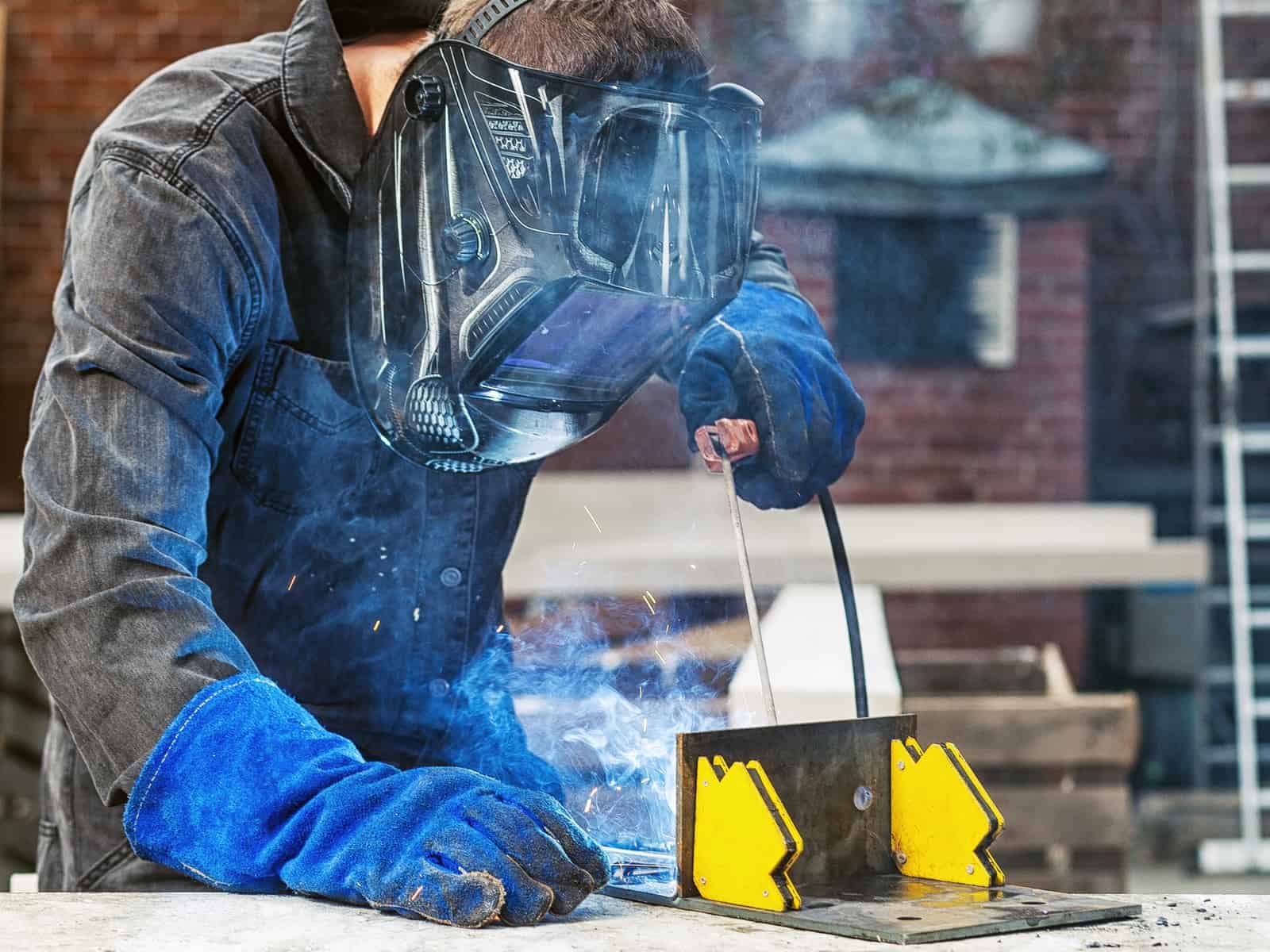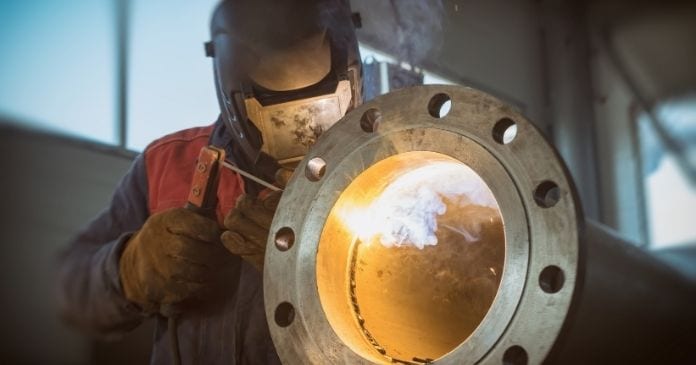Frequent causes of weld misalignment and Belgrade Fabrication’s tips
Wiki Article
Typical Welding Fixing Issues and Just How to Address Them Properly
Welding repair services typically run into a series of issues that can endanger the stability of the last item. Typical troubles consist of insufficient penetration, porosity, and misalignment, among others. Each flaw provides unique challenges that require specific strategies for resolution. Understanding these problems is important for welders aiming to boost their abilities and end results. This discussion will certainly check out these usual welding fixing concerns and efficient methods to address them.Poor Infiltration
Poor infiltration occurs when the weld metal fails to totally fuse with the base material, leading to weak joints and potential architectural failings. This concern commonly originates from not enough heat input, inaccurate electrode angle, or improper welding speed. Welders might run into inadequate penetration due to a mistake of the necessary criteria for a certain material thickness or kind. Furthermore, contamination on the base material's surface can impede reliable bonding, intensifying the issue. To attend to poor infiltration, welders need to guarantee suitable setups on their equipment and preserve a clean job surface. Routine inspection of welds is suggested to identify any kind of deficiencies early, permitting timely modifications and the avoidance of endangered architectural integrity in bonded assemblies.Porosity
Porosity is a typical problem in welded joints that shows up as tiny gas bubbles entraped within the weld metal. This issue can endanger the stability of the weld, causing reduced stamina and prospective failing under tension. Welding. Porosity normally emerges from contamination, moisture, or improper welding strategies, which enable gases to escape into the liquified weld pool. To address porosity, welders must ensure appropriate surface area prep work, preserve a clean workplace, and utilize suitable welding specifications. Additionally, choosing the appropriate filler material and protecting gas can reduce gas entrapment. Routine assessment and testing of welds can assist identify porosity early, guaranteeing prompt corrective activities are taken, therefore preserving the quality and reliability of the bonded frameworkMisalignment
Imbalance in welding can emerge from different variables, including incorrect setup and thermal growth. Recognizing the origin is essential for reliable resolution. Numerous improvement methods are available to straighten components and guarantee architectural honesty.Root causes of Misalignment
Welding imbalance typically originates from a selection of underlying issues that can compromise architectural honesty. One main reason is incorrect fit-up of parts prior to welding, which can result in gaps and uneven surface areas. Variants in thermal expansion during the welding process can also result in distortion, specifically if the materials being signed up with have different coefficients of expansion. Additionally, poor securing and fixturing might fall short to hold parts safely in position, leading to motion throughout welding. Badly maintained devices, including welding equipments and devices, may present variances in the weld bead, further adding to imbalance. Finally, operator mistake, coming from not enough training or experience, can also play a significant function in developing misaligned welds.Improvement Techniques Available
Resolving misalignment successfully calls for a mix of rehabilitative techniques customized to the specific concerns at hand. One typical approach is making use of jigs or components to hold parts in the appropriate position throughout welding, making certain constant positioning. Additionally, pre-heating the materials can aid reduce distortion and boost fit-up. For significant misalignment, mechanical realignment techniques, such as utilizing hydraulic jacks or clamps, can be employed to correct the placement prior to welding. Post-weld heat therapy might additionally be necessary to relieve anxieties brought on by misalignment. Finally, cautious inspection and modification during the setup stage can prevent misalignment problems from ending up being considerable problems, advertising a smoother welding process and boosting general structural integrity.Distortion
Distortion is an usual difficulty in welding that can emerge from various variables, consisting of uneven heating & cooling. Comprehending the reasons of distortion is vital for executing effective prevention methods. Resolving this problem not only boosts architectural stability however also boosts the general high quality of the weld.Reasons for Distortion
When subjected to the extreme warmth of welding, products usually undergo changes that can bring about distortion. This phenomenon mostly arises from thermal expansion and contraction throughout the welding process. As the weld area heats up, the material broadens; upon cooling, it gets, which can develop inner stresses. Furthermore, unequal home heating across a workpiece can exacerbate these tensions, leading to warping or bending. The kind of product likewise plays a significant role; steels with differing thermal conductivity and coefficients of growth may respond in different ways, bring about unpredictable distortions. Bad joint style and poor fixturing can contribute to imbalance throughout welding, increasing the probability of distortion. Understanding these reasons is necessary for effective welding fixing and prevention techniques.Avoidance Techniques
Reliable prevention methods for distortion during welding concentrate on managing warmth input and making sure correct joint style. Maintaining a regular warm input helps to minimize thermal development and tightening, which can cause distortion. Utilizing strategies such as preheating the workpiece can additionally decrease the temperature level gradient, promoting consistent home heating. Additionally, choosing suitable joint styles, such as T-joints or lap joints, can boost stability and minimize stress focus. Carrying out proper fixturing to safeguard the workpieces in position additionally help in preserving positioning throughout the welding process. Staggered welding series can distribute heat much more evenly, avoiding localized distortion. By applying these strategies, welders can substantially reduce the likelihood of distortion and boost the overall quality of their welds.Splitting
Fracturing is a common concern experienced in welding repair work, commonly resulting from various factors such as improper cooling rates, product option, or insufficient joint prep work. The occurrence of fractures can greatly compromise the integrity of the weld, causing possible failings throughout procedure. To resolve this concern, welders have to first assess the origin, ensuring that products work and properly picked for the details application. Additionally, controlling the cooling rate throughout the welding procedure is important; quick air conditioning can induce stress and anxiety and bring about splitting. Correct joint style and prep work additionally add to reducing the risk. Applying these strategies can enhance weld high quality and durability, inevitably lowering the possibility of fracturing in completed weldments.
Insufficient Fusion
A considerable problem in welding repairs is insufficient fusion, which happens when the weld metal does not sufficiently bond with the base material or previous weld passes - Belgrade Welding. This problem can result in weak points in the joint, potentially compromising the integrity of the bonded structure. Aspects contributing to insufficient blend include not enough warm input, improper welding method, and contamination of the surface areas being signed up with. To resolve this concern efficiently, welders must ensure proper pre-weld cleaning and surface preparation, in addition to adjust their welding parameters to achieve appropriate penetration and combination. Routine examination during the welding procedure can also assist determine incomplete fusion early, enabling prompt restorative measures to boost the general high quality of the weldOverheating
While welding repair services can improve structural honesty, overheating presents a considerable challenge that can bring about material deterioration. Too much warmth during welding can modify the mechanical residential or commercial properties of metals, leading to minimized strength, increased brittleness, and warping. This sensation is particularly vital in high-stress applications where architectural his comment is here integrity is extremely important. go to these guys Identifying getting too hot can entail visual evaluations for discoloration or distortion, along with keeping track of temperature level throughout the welding process. To minimize the threats connected with overheating, welders should utilize proper techniques, such as controlling heat input, readjusting traveling rate, and using ideal filler products. Additionally, executing pre- and post-weld heat therapies can assist bring back product residential or commercial properties and boost the general high quality of the fixing, guaranteeing long-lasting efficiency and security.Regularly Asked Inquiries
What Are the Typical Signs of a Welding Flaw?

How Can I Test My Welds for High quality?
To test welds for quality, one can utilize aesthetic evaluations, ultrasonic testing, and radiographic approaches. Each technique assures architectural stability, identifies problems, and verifies adherence to specified standards, eventually boosting the dependability of the welded joints.What Security Preventative Measures Should I Take While Welding?
When welding, one must focus on security by putting on appropriate personal protective equipment, guaranteeing appropriate air flow, safeguarding combustible materials away, keeping a clean workspace, and understanding surroundings to avoid injuries and crashes.Can I Repair a Weld Without Renovating the Entire Joint?
Repairing a weld without redesigning the entire joint is possible, relying on the damage (Montana Mobile Welding and Repair Belgrade). Techniques such as grinding, including filler material, or making use of a welding procedure can effectively address specific flaws while maintaining the surrounding frameworkWhat Devices Are Vital for Efficient Welding Services?
Necessary tools for reliable welding repair work consist of a welding machine, cable brush, grinder, protective equipment, clamps, and filler materials. Each device plays an essential function in ensuring high quality check my reference and safety during the repair service procedure. Porosity generally occurs from contamination, dampness, or inappropriate welding strategies, which enable gases to escape into the molten weld swimming pool. Improperly kept tools, consisting of welding makers and tools, may introduce inconsistencies in the weld bead, additional adding to misalignment. When subjected to the extreme heat of welding, materials typically undertake modifications that can lead to distortion. Splitting is an usual issue come across in welding repair services, commonly resulting from different aspects such as improper cooling prices, product choice, or poor joint prep work. A substantial problem in welding fixings is incomplete fusion, which occurs when the weld metal does not effectively bond with the base product or previous weld passes.Report this wiki page